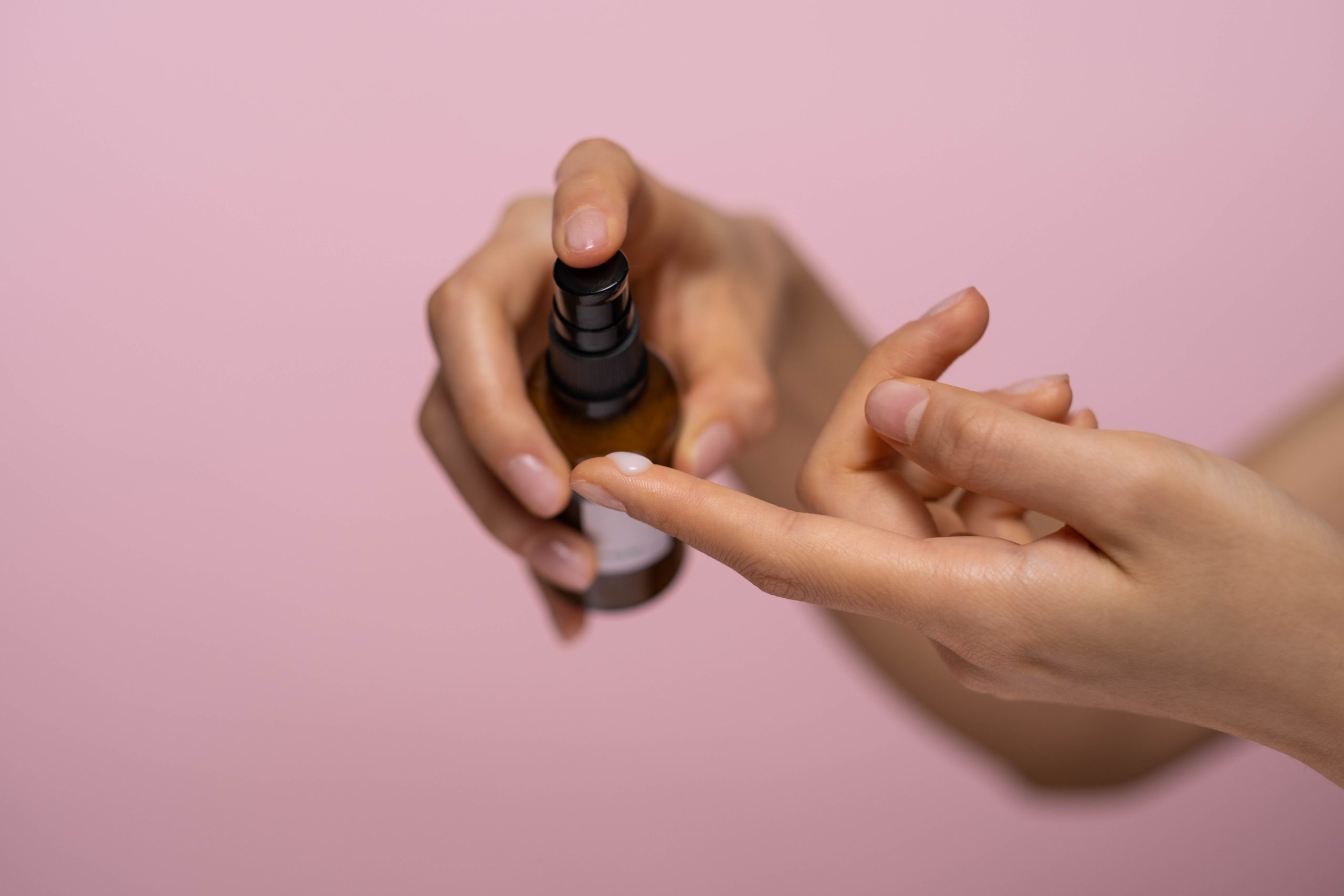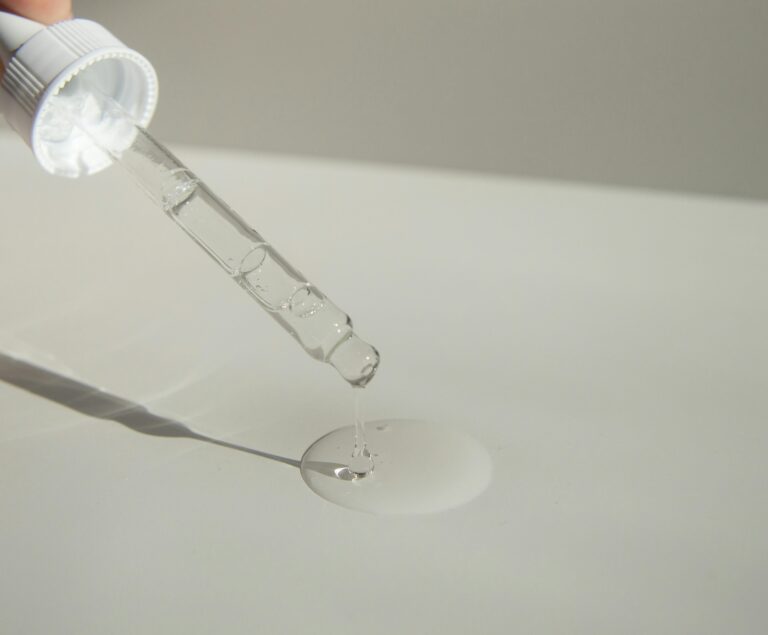Beauty and personal care products are an integral part of our daily routine. From skincare to makeup, we rely on these products to look and feel our best.
However, while we may be focused on finding the perfect shade of lipstick or the most hydrating moisturizer, it’s important to consider the ethics behind the products we use.
Many beauty brands continue to test their products on animals, despite the availability of alternative testing methods.
Animal testing involves subjecting animals to harmful substances or procedures to determine the safety and effectiveness of a product. This not only causes immense suffering for the animals involved, but it’s also an outdated and unreliable method of testing.
In this article, we’ll explore the issue of animal testing in the beauty industry, why certain brands continue to engage in this practice, and the impact it has on animals and humans.
We’ll also provide a list of beauty brands that test on animals and offer alternatives to using these products.
History of Animal Testing in Cosmetics
Animal testing has been used in the beauty industry since the early 20th century. It was originally introduced as a means of ensuring the safety of products before they were released to the public. At the time, there were no regulations in place to ensure the safety of cosmetic products, and companies were free to use any ingredients they chose.
The first animal used in cosmetic testing was a rabbit due to its large eyes and gentle disposition. In the early days of animal testing, rabbits were used to test eye irritants and were subjected to repeated eye drops until severe damage was done. The Draize test, as it was called, is still used today in some countries, despite its cruelty.
Current State of Animal Testing in Cosmetics
Today, many countries have banned the use of animal testing in cosmetics, including the European Union, Israel, and India. In the United States, the use of animals for cosmetic testing is not explicitly banned, but it’s rarely used due to the development of alternative testing methods.
However, there are still many countries where animal testing is legal, and many beauty brands continue to test on animals in order to sell their products in these markets.
Types of Animals Used for Testing
While rabbits were the first animals used for cosmetic testing, a wide variety of animals are now used in the industry. These include mice, rats, guinea pigs, hamsters, dogs, cats, and even primates.
Animals are subjected to a range of tests, including skin and eye irritation tests, as well as tests to determine toxicity and carcinogenicity.
Beauty Brands That Test on Animals
Despite the availability of alternative testing methods, many beauty brands continue to test their products on animals. Some of the most well-known brands that engage in animal testing include:
- L’Oreal
- Maybelline
- Clinique
- Estée Lauder
- MAC
- NARS
- Benefit
- Revlon
- CoverGirl
- Rimmel London
- Avon
- Johnson & Johnson
This is by no means an exhaustive list, but it gives an idea of the scope of the issue. Many of these brands have faced criticism from animal rights groups, and there have been calls for consumers to boycott their products.
Explanation of Why These Brands Continue to Test on Animals
One of the main reasons that beauty brands continue to test on animals is because it’s required by law in certain countries. China, for example, requires all cosmetic products to be tested on animals before they can be sold in the country.
This means that any company that wants to sell its products in China must engage in animal testing, regardless of its policies elsewhere.
Another reason companies continue to test on animals is that they believe it’s the only way to ensure the safety and efficacy of their products.
While many alternative testing methods are available, some companies are reluctant to invest in them because they believe they’re less reliable or don’t have the same level of regulatory approval as animal testing.
Additionally, some companies may simply not see animal testing as a problem or may not be aware of the extent of animal suffering involved.
Alternatives to Using Animal Testing
Thankfully, there are many alternative testing methods available that are more humane and often more reliable than animal testing. These include:
- In vitro testing: This involves testing products on human cells or tissues grown in a laboratory setting. This method is often more reliable than animal testing because it’s specific to human biology and can provide more accurate results.
- Computer modeling: This involves using computer simulations to predict the effects of products on the human body. This method is often faster and more cost-effective than animal testing.
- Human clinical trials: This involves testing products on human volunteers. While this method can be more expensive than animal testing, it’s often more reliable because it’s specific to human biology.
The Impact of Animal Testing on Animals
Animal testing is a cruel and inhumane practice that causes immense suffering for the animals involved. Animals are often kept in small cages or confined spaces, and they’re subjected to a range of painful and invasive procedures.
This can include force-feeding, skin irritants, and exposure to toxic substances. In many cases, animals are killed at the end of the testing process, either because of the damage done to their bodies or because they’re no longer needed.
The ethical implications of animal testing
The use of animals in testing raises serious ethical concerns. Animals are sentient beings capable of feeling pain, fear, and distress. Using them in testing is a violation of their basic rights and is a form of exploitation.
Additionally, animal testing often fails to accurately predict the effects of products on humans, which means that animals are being subjected to cruelty for no good reason.
The impact of animal testing on humans
Animal testing is often seen as a way to ensure the safety of cosmetic products. However, there are many safety concerns associated with this method.
Animal testing often fails to accurately predict the effects of products on humans, which means that products that are deemed safe for animals may not be safe for humans.
Additionally, animal testing often involves the use of high doses of substances, which can be misleading when determining the safety of products.
Animal testing is often seen as a reliable method of testing. However, there are many limitations to this method. Animals are not the same as humans, and their biology and physiology differ in many ways.
This means that the results of animal testing may not accurately predict the effects of products on humans. Additionally, there are many variables involved in animal testing, such as the age and gender of the animal, which can affect the results.
The Role of Consumers in Ending Animal Testing
Consumers have a lot of power in ending animal testing in the beauty industry. By purchasing products from brands that don’t test on animals, consumers can clearly message the industry that animal testing is unacceptable. This can pressure companies to change their practices and invest in alternative testing methods.
Finding animal-free products can be challenging, but many resources are available to help consumers make informed choices. One of the easiest ways to find animal-free products is to look for the Leaping Bunny logo on product packaging.
This logo indicates that the product has been certified as cruelty-free by the Coalition for Consumer Information on Cosmetics (CCIC). Additionally, there are many online resources available that list cruelty-free brands and products.
Other ways to support the movement
In addition to choosing animal-free products, consumers can also support the movement to end animal testing in other ways. This can include signing petitions, writing to companies and legislators, and supporting organizations that advocate for animal rights.
Conclusion
Animal testing is a cruel and inhumane practice that has no place in the beauty industry. While many companies continue to test on animals, there are many alternative testing methods available that are more humane and often more reliable.
By choosing to purchase animal-free products and supporting the movement to end animal testing, consumers can send a clear message to the industry that animal testing is unacceptable. With continued pressure from consumers and advocacy organizations, we can work towards a future where all beauty products are cruelty-free.
FAQs
1. Are all beauty brands that test on animals based in China?
While it’s true that animal testing is required by law in China for certain cosmetic products, not all brands that test on animals are based in China. Many international brands that are based in other countries choose to test on animals in order to sell their products in China.
2. Are all animal-free products vegan?
Not necessarily. While animal-free products don’t contain any animal-derived ingredients, they may still contain ingredients that are derived from plants or minerals that are not vegan.
3. Are all Leaping Bunny-certified products vegan?
No. While the Leaping Bunny certification indicates that a product has not been tested on animals, it does not guarantee that the product is vegan.
4. What can I do if my favorite brand tests on animals?
If your favorite brand tests on animals, you can write to the company and express your concerns. You can also choose to stop purchasing their products and instead choose animal-free alternatives. Additionally, you can support organizations that advocate for animal rights and work towards ending animal testing in the beauty industry.



